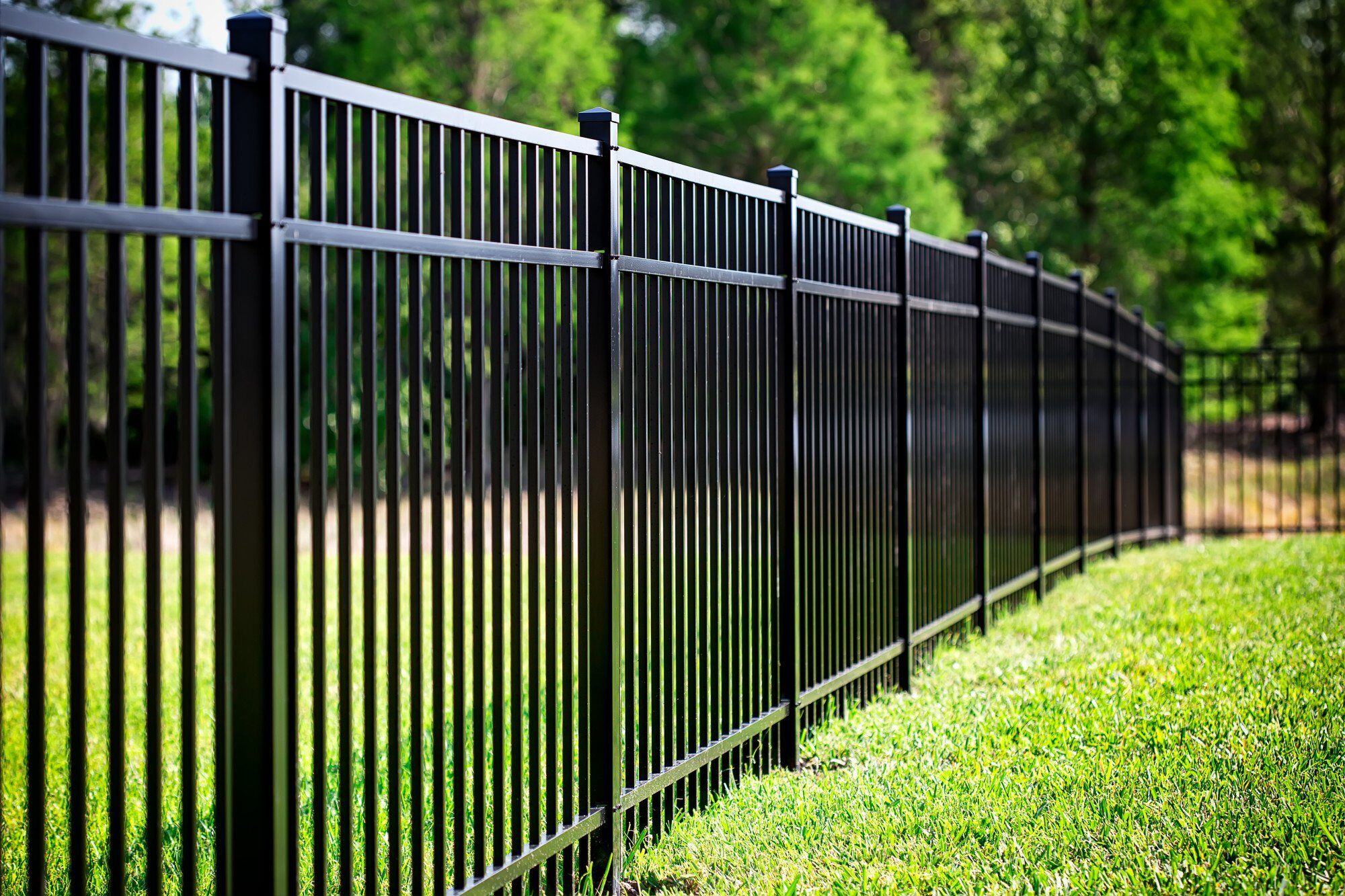All Categories
Featured
Table of Contents
Sustainable Fencing Choices for Eco-Conscious Property Owners
In today’s eco-conscious world, many homeowners are turning to greener alternatives for their outdoor spaces. The materials used for fencing play a critical role in creating a sustainable home environment. Traditional fencing options, such as wood treated with chemicals, can have negative environmental impacts. But there are plenty of eco-friendly fencing alternatives that can help reduce your carbon footprint. Here are some great fencing alternatives for those who want to make an eco-friendly choice for their homes:
Bamboo is one of the most eco-friendly materials available for fencing. Bamboo grows quickly and requires minimal resources, making it a fantastic sustainable option. Bamboo is lightweight, durable, and naturally resistant to pests, requiring no toxic chemicals. The natural beauty of bamboo fences blends well with various landscaping styles. Bamboo is biodegradable, making it a zero-waste option for fencing.
![]()
In today’s eco-conscious world, many homeowners are turning to greener alternatives for their outdoor spaces. The materials used for fencing play a critical role in creating a sustainable home environment. Traditional fencing options, such as wood treated with chemicals, can have negative environmental impacts. But there are plenty of eco-friendly fencing alternatives that can help reduce your carbon footprint. Here are some great fencing alternatives for those who want to make an eco-friendly choice for their homes:
Bamboo is one of the most eco-friendly materials available for fencing. Bamboo grows quickly and requires minimal resources, making it a fantastic sustainable option. Bamboo is lightweight, durable, and naturally resistant to pests, requiring no toxic chemicals. The natural beauty of bamboo fences blends well with various landscaping styles. Bamboo is biodegradable, making it a zero-waste option for fencing.
2. Plastic Fences Made from Recycled Materials
Recycled plastic fences are an excellent choice for those who want a low-maintenance and environmentally friendly fencing solution. These fences are made from recycled plastic, which helps prevent more plastic waste from entering landfills. Weather-resistant and durable, recycled plastic fences require little maintenance and last longer than traditional wood fences. Recycled plastic fences offer both sustainability and longevity, requiring minimal upkeep.
3. Sustainable Fencing with Reclaimed Timber
Reclaimed wood is a great way to build an eco-friendly fence while preserving the beauty of natural wood. Reclaimed wood offers a sustainable option by giving new life to old, discarded wood. This type of fence provides a rustic, charming look while being a more sustainable choice. Each piece of reclaimed wood has its own story, and using it for fencing adds character and sustainability.4. Living Fences
Living fences, consisting of plants like hedges and vines, offer a sustainable, natural option for privacy. Living fences made from native plants are a completely natural and sustainable way to fence in your property. Living fences help reduce noise and create a more serene, green space while boosting air quality. In addition to being sustainable, living fences provide food and shelter for local wildlife.Conclusion
For environmentally conscious customers, there are many sustainable fencing options available that can help you reduce your environmental footprint. From bamboo to composite materials, you can find an eco-friendly fence that suits your style and needs while helping the environment. Choosing an environmentally friendly fence can help you make a positive impact on both your home and the planet.Table of Contents
Latest Posts
Experience Your Financial Partner at WyHy – Wyoming’s Best Banking Choice for Your Future
Published en
1 min read
Explore Your Financial Partner at WyHy – Top Benefits for Members
Published en
1 min read
Protect and Enhance Your Home with Weathercraft's House siding Providers
Published en
1 min read
More
Latest Posts
Experience Your Financial Partner at WyHy – Wyoming’s Best Banking Choice for Your Future
Published May 26, 25
1 min read
Explore Your Financial Partner at WyHy – Top Benefits for Members
Published May 25, 25
1 min read
Protect and Enhance Your Home with Weathercraft's House siding Providers
Published May 23, 25
1 min read